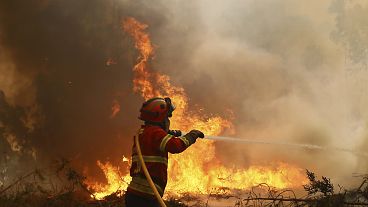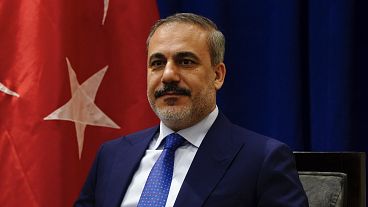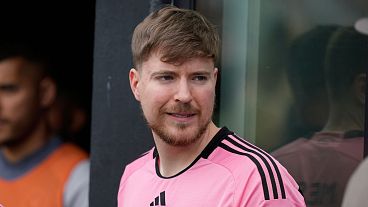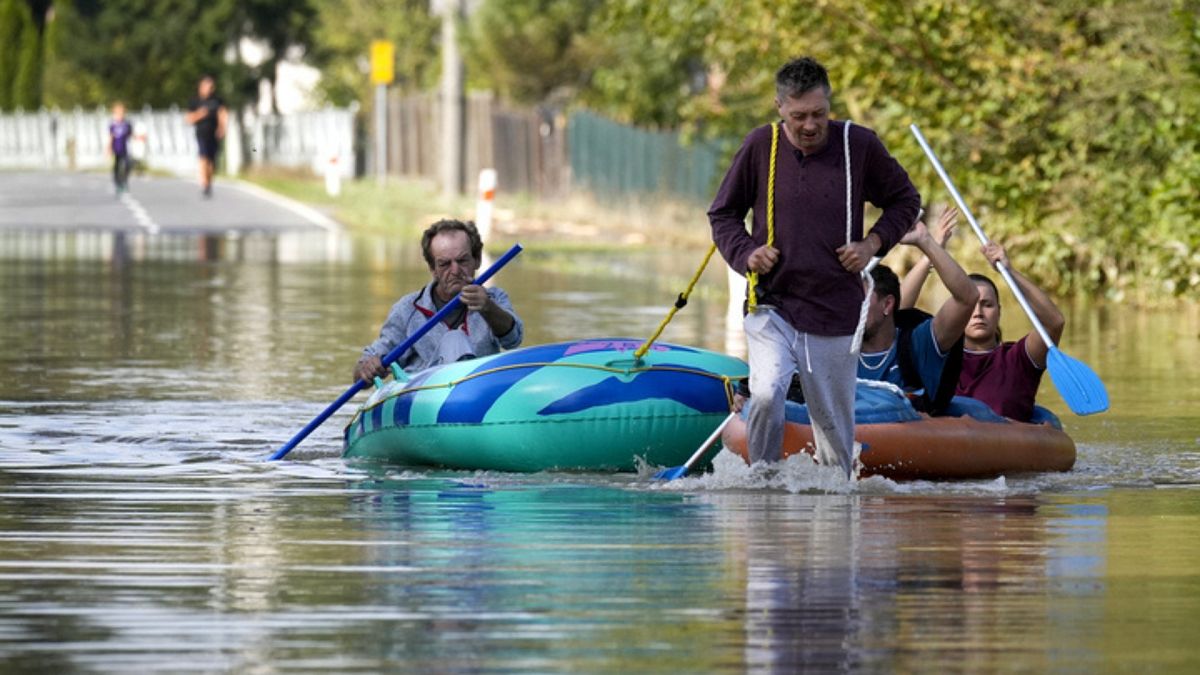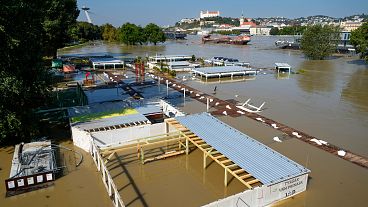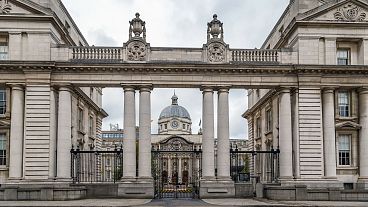The latest multi-agency United in Science report outlines a key role for AI.
The world is more likely than not to rise 3°C above pre-industrial levels this century, according to a new report from the World Meteorological Organization (WMO).
Released today, the annual ‘United in Science’ report brings together the latest climate science in the hope of steering us towards a safer future.
It comes as a swathe of central Europe battles deadly flooding in the wake of Storm Boris, with Italy now on high alert after mass evacuations in Poland, Czech Republic, Romania and Austria.
“We need urgent and ambitious action now to support sustainable development, climate action and disaster risk reduction,” says WMO Secretary-General Celeste Saulo.
“The decisions we make today could be the difference between a future breakdown or a breakthrough to a better world.”
Despite the troubling clarity of the science, the report - compiled by a consortium of UN agencies, meteorological organisations and research bodies - offers grounds for hope. Here are some of the solutions it highlights, as well as the need for urgency.
5. Artificial intelligence can ‘revolutionise’ weather forecasting
As the world grapples with the environmental potential and pitfalls of artificial intelligence (AI), WMO outlines one field where it comes into its own: weather forecasting.
Thanks to rapid progress, AI and machine learning (ML) can make skillful weather modelling faster, cheaper and more accessible to lower-income countries, the report says.
Trained on reanalysis and observational datasets, AI/ML models can potentially forecast hazardous events like tropical cyclones, or make longer term predictions about El Niño and La Niña.
Despite the “tremendous opportunities” to protect people, the models are restricted by limited data quality and availability, and current models do not include harder-to-predict variables related to the ocean, land, cryosphere (frozen parts of the planet) and carbon cycle.
Strong global governance is needed to ensure AI and ML serve the global good, WMO adds.
4. A clearer picture from space
Major strides in space-based Earth observations offer “vast opportunities” for the future, according to the WMO report.
High-resolution and high-frequency observations are crucial for effective weather forecasting, climate prediction and environmental monitoring, it says.
Collaboration is key here, so that public-private partnerships also serve global goals - and fill in data gaps concerning the ocean, climate, aerosol and hydrological variables, and the cryosphere.
3. Digital twins, VR and the metaverse have a role to play too
The report highlights another promising part of our digital world: immersive technologies such as digital twins, virtual reality and the metaverse.
Digital twins are a virtual representation of a real-world system, with all the accurate data points to test how reality would respond in a given situation. The metaverse stitches together virtual worlds into an ‘integrative system’ that provides immersive experiences.
It can be tricky to wrap your head around, but the applications are far-reaching: from simulating flood and drought events to predicting water flow, and land degradation. These technologies can help experts make better informed decisions.
2. Transdisciplinary approaches lead to better climate solutions
Despite these exciting opportunities for tech to address climate change, disaster risk reduction and sustainable development, the report stresses that these global challenges cannot be solved by one kind of knowledge alone.
Instead, it emphasises the need for a ‘transdisciplinary approach’, whereby diverse actors including scientists, policymakers, Indigenous communities and civil society groups co-create solutions together.
Engaging these stakeholders from the start, and shaping solutions to local contexts, is key to success.
1. Early warning systems for all
As UN Secretary-General António Guterres has repeatedly urged, multi-hazard early warning systems (MHEWS) are critical for saving lives.
Evidence shows that disaster-related mortality in countries with limited to moderate MHEWS coverage is nearly six times higher than those with substantial to comprehensive coverage, WMO states.
More than half of the world’s countries are now protected by such systems, but significant gaps remain. With the Early Warnings for All (EW4ALL) initiative, WMO wants to see everyone covered by the end of 2027. AI has a role to play here too, the report says.
Why is climate action so vital?
Taking stock of the climate crisis should be a sufficient spur to action, the report suggests.
The impacts of climate change and extreme weather are reversing development gains and threatening the wellbeing of people and the planet.
Under current policies, the United in Science report gives a two-thirds likelihood of global heating of 3°C above the pre-industrial era by 2100.
Urgent action is needed to avert the most disastrous scenarios. To limit global heating to below 2°C or 1.5°C, global greenhouse gas (GHG) emissions in 2030 must be reduced by 28 per cent or 42 per cent, respectively, from the levels projected from current policies.
That’s a steep ask, but there are precedents for pulling emissions trajectories down to a safer direction. When the Paris Agreement was adopted, GHG emissions were set to increase by 16 per cent by 2030 relative to 2015. Now, that projected increase is three per cent.

